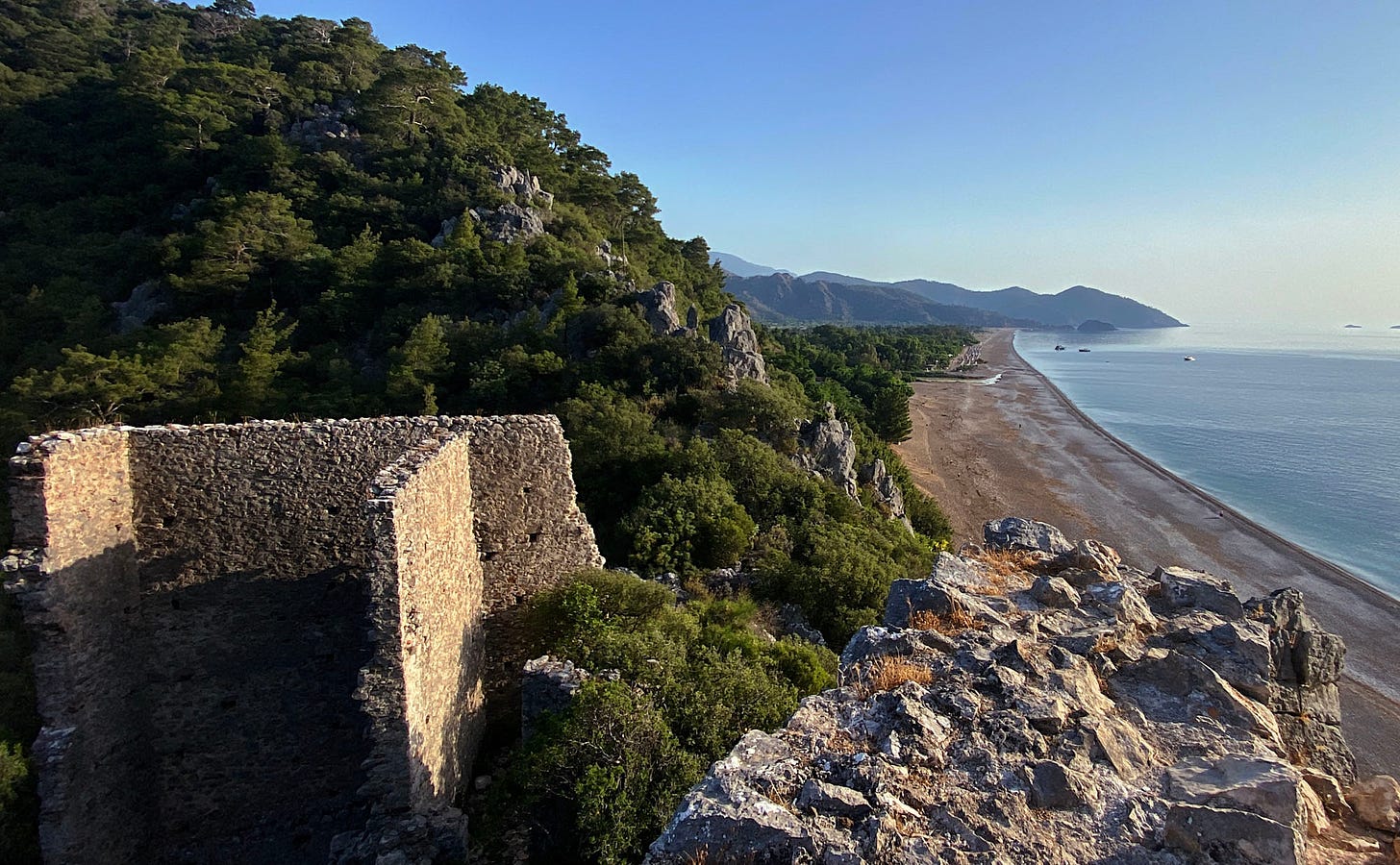(2-8 min read) This is the first post in what might become an intermittent series — let me know what you think of it, and I’ll decide whether and how often to continue it.
Writing full photo essays is a time-consuming and intensive process. Sometimes I have ideas that are not worth a full essay, or I want to share photos but not deal with the work associated with arranging an extended narrative around which to scaffold them.
I’ve been enjoying Substack Notes the past few months as well, and you’ve likely noticed that I often use them to embed additional detailed information in my photo essays, like little sidebars.
The past three weeks I tried an experiment, publishing a number of Notes around two themes but without plans for an essay. Since I do not expect my subscribers to be on the substack app regularly — and in order to present them as themed sets — I am embedding them here with just short introductions.
Think of these as connected mini-essays around themes that I thought worth sharing.
Amazing Anatolia
When preparing my photo essay on Catalhoyuk back in June, I was reminded of all the amazing places I’ve been to in Anatolia (the historical name of the peninsula that is now essentially the same as the borders of Turkey) and decided to go though my photos and share some favorites.
I have spent almost two months in Turkey over two different trips, and absolutely love the place. It is far less touristed than much of Europe (outside of Istanbul, parts of Cappadocia, and a few port cities where cruise ships dock), but has an amazing range of sights and really incredible history. The people are invariably friendly, and renting a car to explore your own itinerary on your schedule (my preferred way to travel) is incredibly easy.
I highly recommend visiting, and hope myself to spend at least another two months here in the future (I still have much to see). It's a vast country with incredible range, as you can see from the Notes below — from Islamic architecture in Istanbul, to Greco-Roman ruins, to lost civilizations like the Lycians and Hittites, plus the natural and man-made wonders of places like Cappadocia.
Shinto Shrines
My interest in Gothic cathedrals is part of a larger interest in religious architecture from around the world and throughout history (and part of a general interest in comparative religion). I was in the mood in July to share some Shinto architecture, but not in the mood to write a full essay about it. So instead I am just sharing the six sites below, with a quick introduction about Singto.
Shinto is the traditional religion of Japan, going back to before Buddhism was introduced (though the two often co-mingle at the same sites, as you can see below).
As a religion, it is a bit hard to explain in Western terms.
It revolves around the veneration of kami — a word often translated to god or deity, but spirit would be the best term I think. Most kami are nature spirits, ancestors, or important cultural figures, making this fundamentally a religion of nature worship and ancestor veneration.
There’s not a particular theology per se, it’s more about ritual and practice than dogma. This makes it like most of the world’s religions throughout history — but also foreign to most Westerners, who have been steeped the Abrahamic religions’ obsessions with dogma (which drives me nuts, but that is definitely a subject that would require a separate essay or five).
And of course, Japanese architecture is imbued with the culture’s unique aesthetic and incredible craftsmanship. So even if you have no interest in the kami of any particular shrine, just visiting the sites and appreciating the architecture and landscape is enough to invoke a sense of respect and contemplation.
Here are six shrines I visited in Japan in October of 2023. They are of a few different types, with three of them in Kyoto, one in the mountains just outside Kyoto, and one each from Tokyo and Kanazawa.








Love what you explain about Shinto, and the shrines are beautiful. I had an aunt who was Japanese (she passed away) and she tried to explain to me once they way spirituality was understood in Japan. I didn’t completely understand, but I liked the closer connection to nature and trees.
I liked this! Thanks!